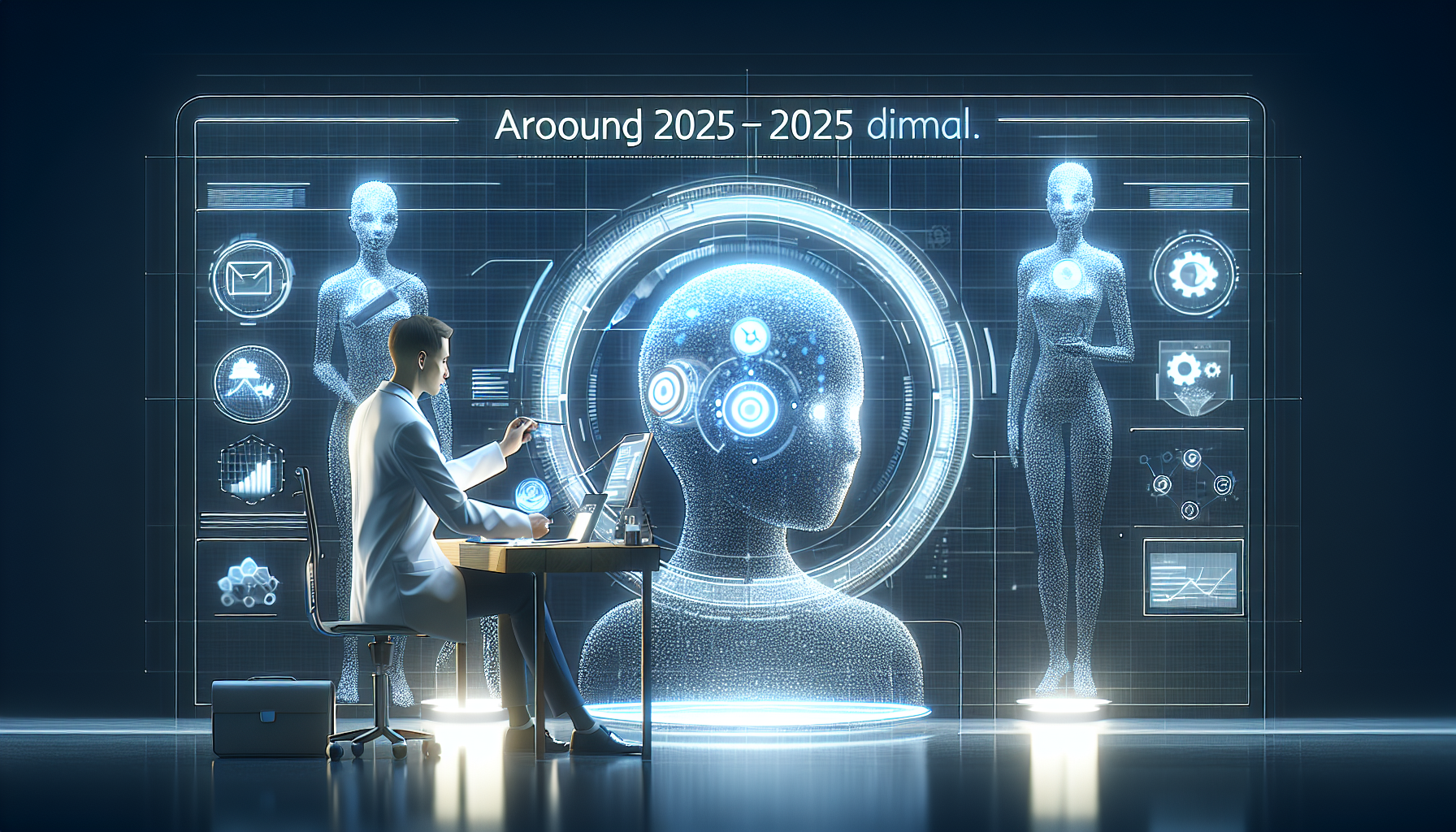AI-Driven Personalization: Real-Time Customer Experiences
In the dynamic landscape of 2025, AI-driven personalization has transformed how businesses interact with customers, offering unprecedented levels of service and engagement.

Table of Contents
- Introduction to AI-Driven Personalization in 2025
- The Evolution of Customer Experience
- Key Components of AI-Driven Personalization
- Practical Examples of AI-Driven Personalization in Action
- How to Implement AI-Driven Personalization
- Challenges and Considerations
- Conclusion: The Future of Personalization
Introduction to AI-Driven Personalization in 2025
In the dynamic landscape of 2025, AI-driven personalization has transformed how businesses interact with customers, offering unprecedented levels of service and engagement. With advanced algorithms and real-time data processing, companies are now capable of delivering highly tailored experiences that not only meet but anticipate customer needs, driving both satisfaction and loyalty.
The Evolution of Customer Experience
Today's marketplace is characterized by its emphasis on customer-centricity. Businesses that leverage AI for personalization are seeing significant improvements in customer engagement metrics. According to recent studies, companies using AI personalization have witnessed a 30% increase in customer satisfaction and up to a 25% boost in sales.
Key Components of AI-Driven Personalization
Real-Time Data Analysis
One of the pillars of AI-driven personalization is the ability to analyze and act on data in real-time. AI systems can now process vast amounts of information instantly, adjusting the user experience based on current behavior, past interactions, and predicted future actions.
Machine Learning and Predictive Analytics
Machine learning models are at the heart of predictive analytics, enabling businesses to forecast future customer behaviors with remarkable accuracy. These insights allow for the creation of personalized marketing strategies that resonate deeply with individual consumers.
Automation and Decision-Making
Automation powered by AI reduces the need for human intervention in making micro-decisions about customer interactions. This not only speeds up the process but also reduces the potential for human error, ensuring a seamless customer journey.
Practical Examples of AI-Driven Personalization in Action
Several forward-thinking companies have already embraced AI personalization to great effect:
- E-commerce giants are using AI to recommend products based on browsing history and purchase behavior, significantly increasing conversion rates.
- Streaming services analyze viewing patterns to suggest shows and movies, enhancing user satisfaction and retention.
- Financial services utilize AI to offer personalized financial advice and tailored investment solutions, based on individual financial behavior and goals.
How to Implement AI-Driven Personalization
Understanding Your Data
Begin by assessing the quality and structure of your current data. Strong AI personalization strategies are built on robust data frameworks that are clean, well-organized, and comprehensive.
Choosing the Right Technology
Invest in AI platforms that align with your specific business needs. Consider factors like scalability, integration capabilities, and the level of customer support provided.
Continuous Learning and Adaptation
AI models require ongoing training and refinement. Regularly update your systems with new data, and continually test and tweak your models to adapt to changing consumer behavior and preferences.
Challenges and Considerations
While AI-driven personalization offers numerous benefits, there are challenges to consider:
- Data Privacy: Always comply with data protection regulations and ensure customer data is handled ethically.
- Over-Personalization: Avoid making customers feel overwhelmed or surveilled by balancing personalization with user comfort and privacy.
- Dependency on Technology: Maintain human oversight to ensure AI decisions are appropriate and in line with company values.
Conclusion: The Future of Personalization
As we move further into 2025, AI-driven personalization will continue to evolve, becoming more sophisticated and integral to business strategies across sectors. For marketing professionals, staying ahead means embracing these technologies, understanding their implications, and continually optimizing strategies to deliver genuine value to customers. The future of marketing is not just personalized; it's predictively personalized, and the time to adapt is now.
FAQs about AI-Driven Personalization in 2025
What is AI-driven personalization and how does it enhance customer experiences?
AI-driven personalization refers to the use of artificial intelligence technologies to tailor products, services, and interactions based on individual customer preferences, behaviors, and historical data. In 2025, this approach enhances customer experiences by delivering highly relevant and context-specific content and recommendations in real-time, thus increasing satisfaction and engagement.
What kind of data is crucial for effective AI-driven personalization?
Effective AI-driven personalization relies on diverse data types including behavioral data, demographic data, transactional history, and real-time interaction data. In 2025, the integration of advanced sensors and IoT devices also allows the incorporation of environmental and physiological data, providing a more holistic view of the customer for deeper personalization.
How does AI-driven personalization predict future customer behavior?
In 2025, AI-driven personalization systems utilize machine learning models and predictive analytics to forecast future customer behaviors. These systems analyze vast amounts of data from past interactions to identify patterns and trends, which help in predicting future needs and preferences, enabling businesses to proactively tailor their offerings.
